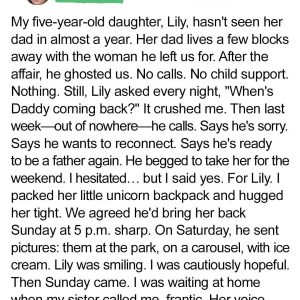Many home cooks are surprised when a green or gray ring appears around the yolk of a hard-boiled egg. Although it may look unappetizing, this ring is completely harmless and does not affect the egg’s safety or taste.
The discoloration is caused by a natural chemical reaction between iron in the yolk and sulfur in the white. When eggs are overcooked, this reaction is triggered, forming the colored ring around the yolk.
Thankfully, this reaction can easily be prevented with the right cooking method. Start by placing eggs in a single layer in a pot and covering them with cold water. Make sure the water level is about 3 to 5 centimeters above the eggs.
Next, heat the pot over medium heat until the water reaches a full boil. Once boiling, remove the pot from the heat and immediately cover it with a lid. Allow the eggs to cook in the residual heat for 9 to 12 minutes, depending on how firm you like your yolks.
Once the cooking time is up, transfer the eggs to a bowl filled with ice water or very cold water. This sudden cooling stops the cooking process and helps prevent the green ring from forming.
In addition to preventing discoloration, the cold water bath also makes peeling the eggs much easier. Let the eggs chill for about five minutes. For an even easier peel, try removing the shell under cold running water.
Using eggs that are 5 to 7 days old is also helpful, as slightly older eggs are easier to peel than very fresh ones. You can also add a little salt or vinegar to the boiling water to help prevent the shells from cracking.
After boiling and peeling, properly store your hard-boiled eggs in the refrigerator to keep them fresh and safe to eat. With these simple techniques, you can consistently enjoy perfectly cooked and easy-to-peel hard-boiled eggs every time.





